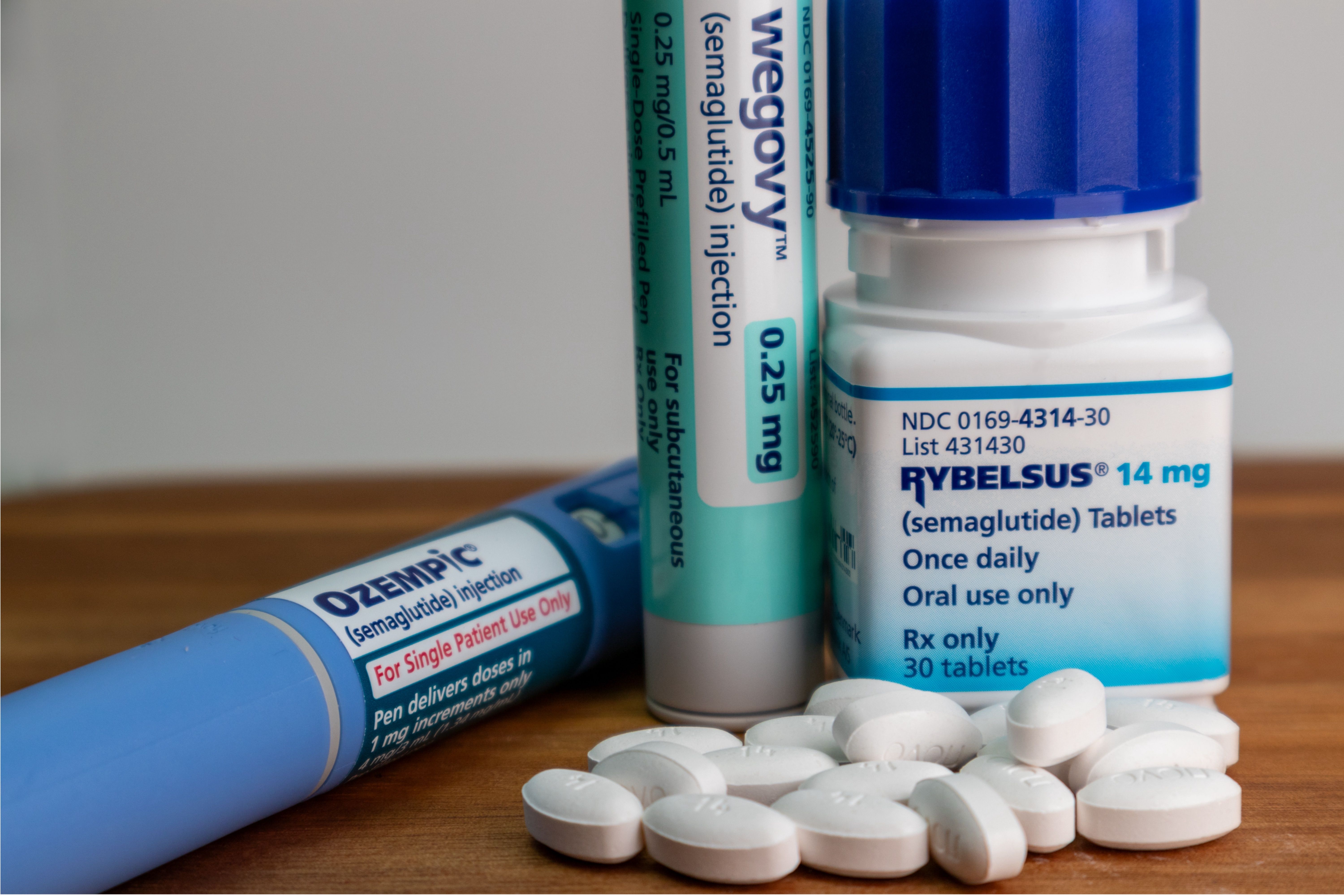Article
Detecting Social Risk Factors Decreases Medical Spending
Author(s):
Screening for social risk factors can reduce frequent hospitalization and medical spending, according to a study published in HSOA Journal of Community Medicine and Public Health Care.
Screening for social risk factors can reduce frequent hospitalization and medical spending, according to a study published in HSOA Journal of Community Medicine and Public Health Care.
Under the Affordable Care Act (ACA), the expansion of Medicaid led to the need for data models to anticipate spending for beneficiaries. The Medical Home Network (MHN) manages a Medicaid accountable care organization (ACO) in the Chicago area that serves 80,000 Medicaid beneficiaries. MHN has developed a risk assessment tool used to detect social determinants of health in the domains of social circumstances, behavioral patterns and environmental exposure. The 5-minute questionnaire asks new beneficiaries about health and social risk factors with the assumption that an increase in social risk factors will increase medical and pharmacy spending.
“The need to understand high and rising risk Medicaid beneficiaries is becoming increasingly important as the Medicaid program continues to evolve," Art Jones, MD, chief medical officer of the Medical Home Network, said in a statement. "As a healthcare community, we need to be able to allocate care management resources in the most effective way with limited resources while ensuring our patients receive the best care.”
The study evaluated whether the MHN assessment tool effectively predicts medical costs. It also looked at the effectiveness of evaluating social factors to target care towards high-cost beneficiaries. Over a 12-month period, medical, pharmacy, and total spending per member per month (PMPM) for a 7762-patient population was analyzed. The researchers also looked at emergency room visits, admission and readmission, and length of stay during hospitalization.
The findings showed that addressable risk factors, such as the need for help for acquiring food, clothing and housing, reporting fair or poor health status, and transportation challenges were related to greater medical and pharmacy spending PMPM. Patients who are homeless or live in a shelter have the greatest healthcare costs. Beneficiaries with more than 1 social factor—for example, limited access to transportation and the need for food—have an increase in spending.
MHN has used the risk assessment to allocate care to the most vulnerable beneficiaries. Care managers working with MHN provide patients with information on access to healthcare services and emergency housing options. This has been proven to help beneficiaries stay out of the emergency room and avoid hospitalization.
“We believe these findings represent an important step toward developing a more fully integrated, community-based model of care that is accountable to patients’ holistic well-being by addressing medical, behavioral, and social needs,” the authors concluded. “Screening for and addressing barriers to treatment plan compliance is central to identifying high risk Medicaid expansion beneficiaries and provide a path to improving population health.”
References
Jones A, Harris Lemak C, Lulias C, Burkard T, McDowell B, Severson. Predictive value of screening for addressable social risk factors. J Community Med Public Health Care. 2017;4(2).

Navigating Sport-Related Neurospine Injuries, Surgery, and Managed Care

Navigating Sport-Related Neurospine Injuries, Surgery, and Managed Care
2 Commerce Drive
Suite 100
Cranbury, NJ 08512
© 2025 MJH Life Sciences® and AJMC®.
All rights reserved.




